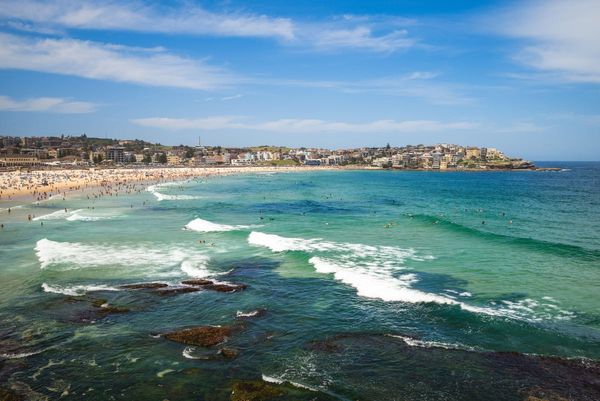
Thousands of full-time workers lost their jobs over the holiday period but despite this seismic decline the unemployment rate remains stable.
Australian Bureau of Statistics data released on Thursday reveals the number of full-time jobs in December plummeted nearly 107,000, marking the largest monthly fall in employment since the COVID-19 lockdowns.
However, the jobless rate managed to hold steady at 3.9 per cent because of outsized job growth in the months before with 52,000 more employed in December than September.
Australian Council of Trade Unions president Michele O'Neil says this means the innocuousness of the unemployment rate is masking what are concerning trends in the labour market.

While the number of Australians employed full-time declined, part-timers surged by more than 41,000, suggesting employers are hiring on a casual and insecure basis rather than offering permanent jobs.
The data also reveals 80,000 fewer women were employed full-time than in November and 42,000 entered part-time work while the overall underemployment rate increased to eight per cent.
"The cost-of-living crisis means we need to urgently address the rise of casual work," Ms O'Neil said.
"It robs workers of sick and holiday pay, as well as control over budgeting and finances.
"Whilst some workers may prefer casual work, it's important that employers can't game the system and workers get a choice."
Business Council of Australia chief executive Bran Black said the figures showed Australia was becoming less competitive.
"The consequences of that are already being seen in the latest insolvency figures and with businesses opting to not invest in Australia – and that costs real jobs," he said.
"Unless businesses are successful our high standard of living will be put at risk."
In a report released on Friday, the International Monetary Fund also warned a slowdown was on Australia's horizon despite its relatively strong post-COVID recovery.
Cost-of-living pressures and a slowdown in productivity would likely weaken growth and though inflation has peaked, the figure remains stubbornly high, the IMF found.
Regardless, politicians and economists view the jobs data with some optimism.

Workplace Relations Minister Tony Burke said the result was "the best set of annual figures Australia has ever had in the history of the monthly series".
"While the figures do show a softening in employment, this wasn't unexpected given extremely strong consecutive monthly increases in October and November," he said.
The IMF also lauded the government's macroeconomic policies, which it said allowed for "strong recovery and resilience".
CommSec economists Ryan Felsman and Craig James noted the labour market remains an important part of the nation's fight against inflation.
"Australian employment fell sharply in December after two months of strong growth, while the unemployment rate stayed near an 18-month high, adding to the case that interest rates may have already peaked," they wrote.
This comes after the ABS last Wednesday revealed the monthly consumer price index for November had slowed to 4.3 per cent, its lowest level since January 2022.
Taking the figures together, some analysts like Tony Sycamore from IG Australia, believe the RBA could cut rates sooner rather than later, with economists' predictions expected to solidify when fourth quarter inflation data is released on January 31.
The Reserve Bank will make its first interest rate decision of the year on February 6.







